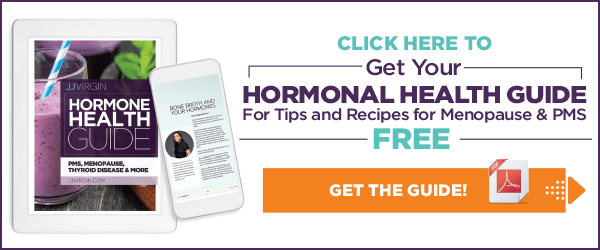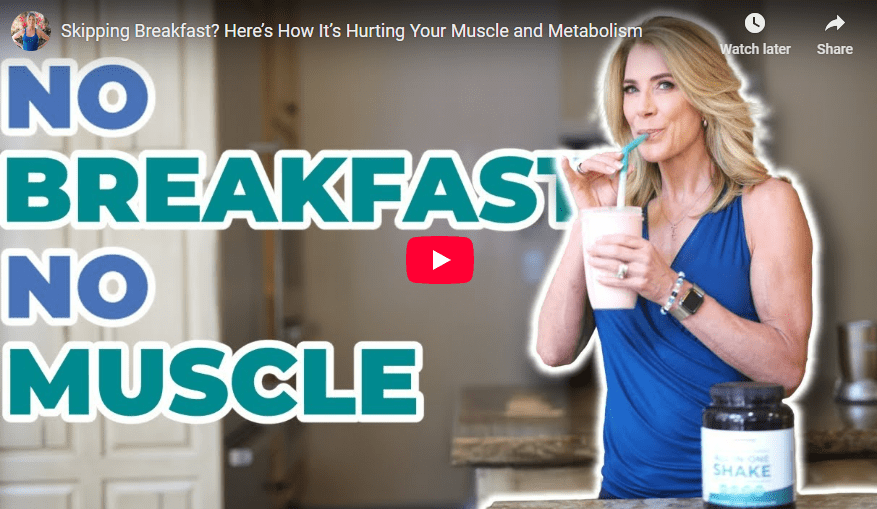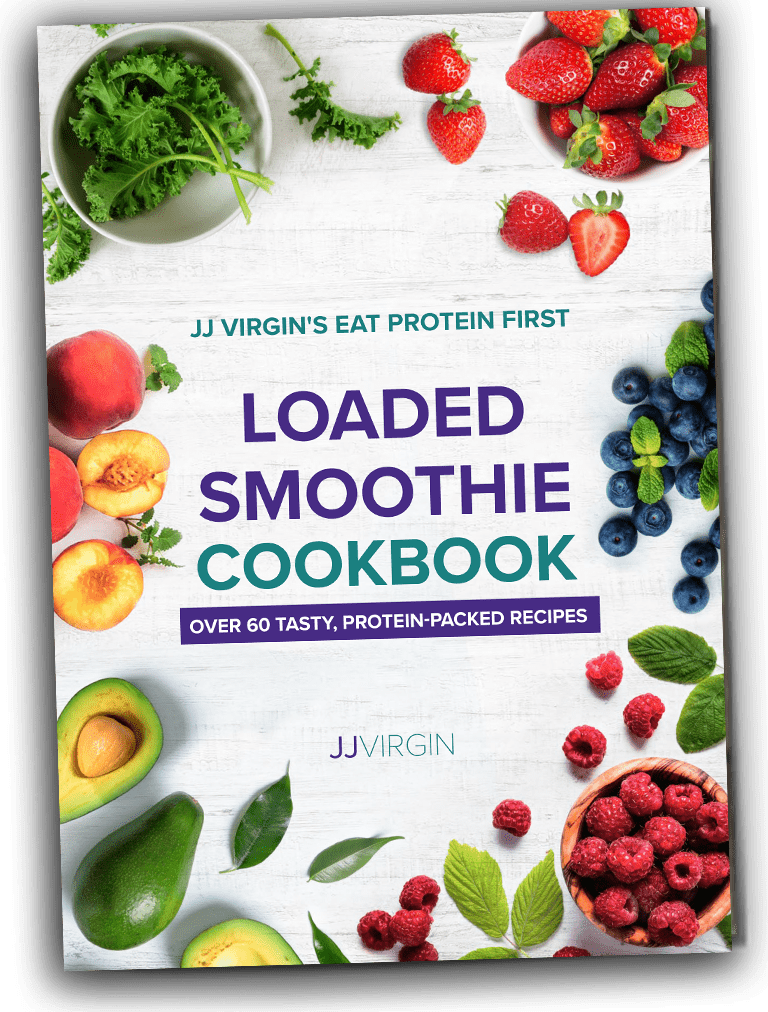Next time you visit your local health food store, count how many soy foods you can find. Soy ice cream, soy eggnog, soy burgers, and of course ubiquitous soymilk: the list is endless.
Manufacturers have puzzlingly positioned soy as a healthy alternative to meat, dairy, and other foods. As a result, people develop a halo effect and think that double-fudge soy ice cream is somehow healthier than regular ice cream.
Think again.
Soy as a health food has become one of the biggest scams of our modern diet, where marketing has triumphed over your health. Let’s take a look at some of the reasons soy is most definitely not a health food and could even damage your health.Soy may impair thyroid function.
- Many clients I see who eat soy every day have elevated thyroid-stimulating hormone (TSH), which indicates hypothyroidism. When I ask them to remove soy, their thyroid numbers come back to normal quickly.
- Phytoestrogens in soy can trigger an autoimmune condition where your body makes antibodies that attack your thyroid hormone. So even if your thyroid makes enough thyroid hormone, your body doesn’t get what it needs because the antibodies destroy it.
- Soy may contribute to thyroid cancer and to autoimmune thyroid disease in infants drinking soy formula.
Most soy is genetically modified (GMO).
Experts estimate about 90% of soy is GMO. Big corporations love soy because it’s a cheap crop. They’ve figured out how to genetically modify soy so that it can be sprayed with a potent herbicide that kills everything around it without destroying the soy crop.
Soy is loaded with pesticides.
When farmers spray soy, guess where the pesticides land? Soy is about 30% fat. Fat absorbs pesticides like crazy, which means you’re absorbing them too when you eat soy.
Soy damages gut health.
When you eat a GMO food like soy, bacteria in your gut absorb the altered genes and change your gut flora. Your intestinal flora can subsequently become resistant to antibiotics.

Soy is overly processed.
- When manufacturers process soy, they strip that soy of whatever nutrients it contains.
- Processed soy “foods” like soy hot dogs and soy burgers are incredibly refined products with sugar added. Compare soy ice cream with regular ice cream: you might be surprised how much sugar that soy ice cream contains.
- Manufacturers often use agave as a “healthier” sweetener in soy ice cream and other soy foods.
- Manufacturers add MSG to soy for taste, which increases soy’s reactivity.
- Soy is often processed in aluminum casks. That means refined soy can also contain aluminum, which is bad for your health in countless ways.
Soy can be an anti-nutrient.
Soy is rich in phytates, or phytic acid, which blocks the absorption of minerals, especially calcium, magnesium, copper, iron, and zinc. Fermentation does neutralize phytates, but the soy you get in most foods is not fermented.
Soy is full of trypsin inhibitors.
Trypsin is an enzyme produced in the pancreas that you need to digest protein. Trypsin inhibitors can interfere with protein digestion and cause pancreatic disorders. Countries that consume more soy have increased rates of pancreatic, stomach, and thyroid cancers.
Soymilk is a poor source of vitamin D.
Soy increases your body’s need for vitamin D, and manufacturers often add D2 (ergocalciferol) to soymilk. But the preferred form of vitamin D is D3 (cholecalciferol), which your body synthesizes from sunlight. Vitamin D3 is more potent and stable than D2, raises blood levels of vitamin D longer, and binds to vitamin D receptors better. But vitamin D3 is not usually found in soymilk, even though soy increases your body’s need for it.

Soy is a poor source of protein.
- While soy is a complete protein, it has very low amounts of two essential amino acids, lysine and methionine, so it is not a high-quality protein source.
- Cysteine, an amino acid that contributes to your body’s most important antioxidant, glutathione, is bound in soy, inhibiting its absorption.
- Many processed foods contain soy protein isolate, a cheap, heavily processed form of protein. High-heat processing can damage soy’s fragile amino acids, making soy protein even less bio-available.
Soy in Asia is different than American soy.
For millennia, Asians used soy as a “fertilizer” crop. Then someone discovered that if you fermented soybeans, you could overcome a lot of their anti-nutrient properties. So Asians began eating a little fermented soy. Having lived in Japan, I can tell you that I never saw anyone eat soy ice cream, soy cheese, soy hot dogs, soy burgers, soy pops, or soy milk. You had a little miso soup, some tofu in a stirfry, or some soy sauce with your sushi. In other words, in Asia soy is a condiment, not a replacement for animal proteins. Unlike most American soy, Asian soy is also organic: no GMOs or chemicals in the fertilizer.
Soy can disrupt your sex hormones.- As a phytoestrogen, soy can mimic the hormone estrogen in your body. That means that it can disrupt hormone balances.
- For women, depending on how much you eat, soy can affect ovulation.
- Soy can lower testosterone in men.
- Soy has also been linked to infertility in animals.
- Soy also affects children’s development, thanks to its hormonal effects. Boys’ genitals may not develop fully, while little girls may develop faster and start their menses earlier than normal.
- You don’t want to feed soy to infants, either. It can impact brain and nervous system development.
Soy is new to the food supply.
Many thousands of years ago, we were hunter-gatherers. Grains changed things about 10,000 years ago, when the agricultural revolution began. Soy came into our food supply only about 1,000 years ago. While this might seem like a long time, when you consider how long we’ve been on the planet, it’s really just a moment. We’ve only been consuming soy as part of our typical diet for the past 20 to 30 years.
Soy is a highly reactive food.
Soy landed as one of my top 7 highly reactive foods in The Virgin Diet because, time and again, clients tested positive for this food. I especially see this with vegans and vegetarians, who rely on soy as their main protein source. Over time, soy becomes a food intolerance and creates numerous symptoms like fatigue and headaches. Soy and other food intolerances can also create weight loss resistance.
The next time your friend rattles off about soy’s many benefits, I hope you’ll use this information to prove soy is most definitely not a health food. If you want to dive deeper, check out Dr. Kaayla Daniel’s book The Whole Soy Story.
Lateral Shifts for Soy
With these healthier swaps, you never need settle for soy and all its potential damage.
- Instead of soy milk, have unsweetened coconut or almond milk.
- Instead of soy ice cream, have no-sugar-added coconut milk ice cream – this recipe is delicious!
- Instead of soy protein powder, try my vegan All-in-One Protein Shakes.
- Instead of soy cheese, have cashew or almond cheese.
- Finally, stop eating fake foods like soy burgers! Instead choose humanely raised, high-quality sources of protein including grass-fed beef, free-range chicken, wild-caught salmon and other fish, and (if you don’t have an intolerance) organic omega-3 enriched or pasture-raised eggs.
If you’ve done The Virgin Diet, did you experience any reactions when you challenged soy in cycle 2? Share your thoughts on Facebook. I’d love to hear from you!






